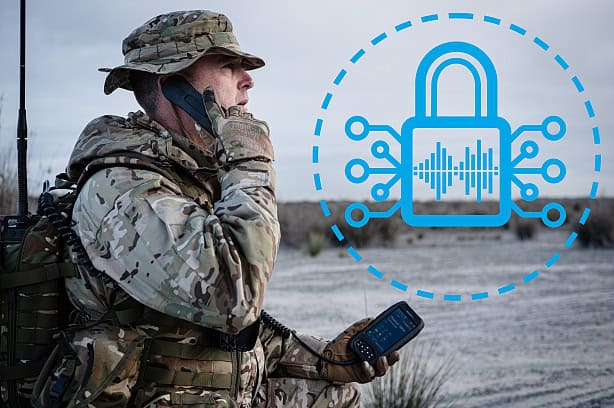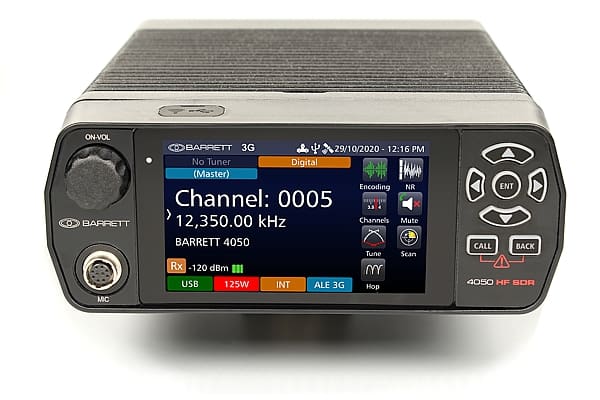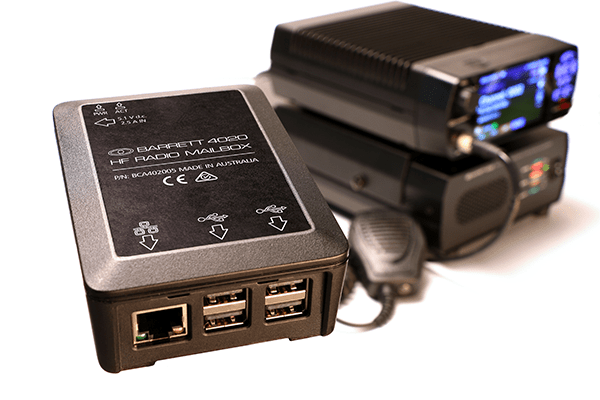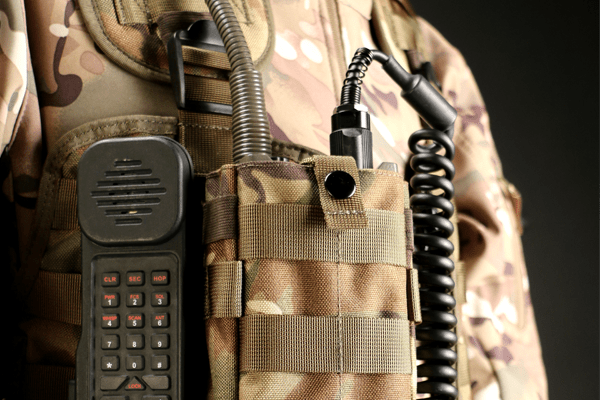How HF digital voice mode improves workplace safety
How HF digital voice mode improves workplace safety
One of the best new features of software-defined radios has been the introduction of digital voice mode. What makes it so exciting is that digital voice mode gives organisations the ability to keep workers safe, facilities secure, and costs down.
What is digital voice?
As opposed to analogue voice used in traditional radios, many SDR employ digital voice mode. This means the SDR digitally samples the audio and converts it into a data stream and transmits this over the air. The receiving SDR then converts the received data stream back to the original audio.
In the presence of interference, digital voice mode in SDR performs far better over very noisy channels. The end result is a radio communication with higher quality audio, which greatly reduces the potential for miscommunication or misunderstanding.
Combined with a good mobile antenna, the high-quality audio of digital voice also holds up over long distances and remote locations.
As an added benefit, this digital signal also boosts security since it’s more difficult to understand the transmitted tones by outside sources.
Why digital voice makes a difference
Safe Work Australia CEO Michelle Baxter noted recently that workers’ increasing interaction with machines and technology will create both unexpected challenges and opportunities for workplace improvement, according to the Australian Institute of Health and Safety. The proliferation of digital voice offers one such route to improve workplace safety and security.
Although they’ve been in use for decades, the analogue signals used in traditional radios are prone to performance degradation. This can come from frequency overlap or multi-pathing, both of which can cause noise, interference, static, or dropped transmissions.
When this degradation occurs, the subsequent miscommunication can cause confusion or a total lack of communication. These are the types of things that can lead to workplace safety and security issues as well as significant costs. The higher quality audio of digital voice makes them ideal for critical communications.
Critical services organisations, such as remote healthcare providers and emergency services, can’t leave any room for error caused by radio transmission interference. Staff relying on mobile communication for directive updates may miss out on a crucial bit of safety information during a particularly noisy transmission.
The recently introduced PRC-4090 from Barrett Communication is the latest example of SDR with digital voice mode. For more information on how digital voice can improve workplace safety and security, contact your nearest Barrett Communications team today.








